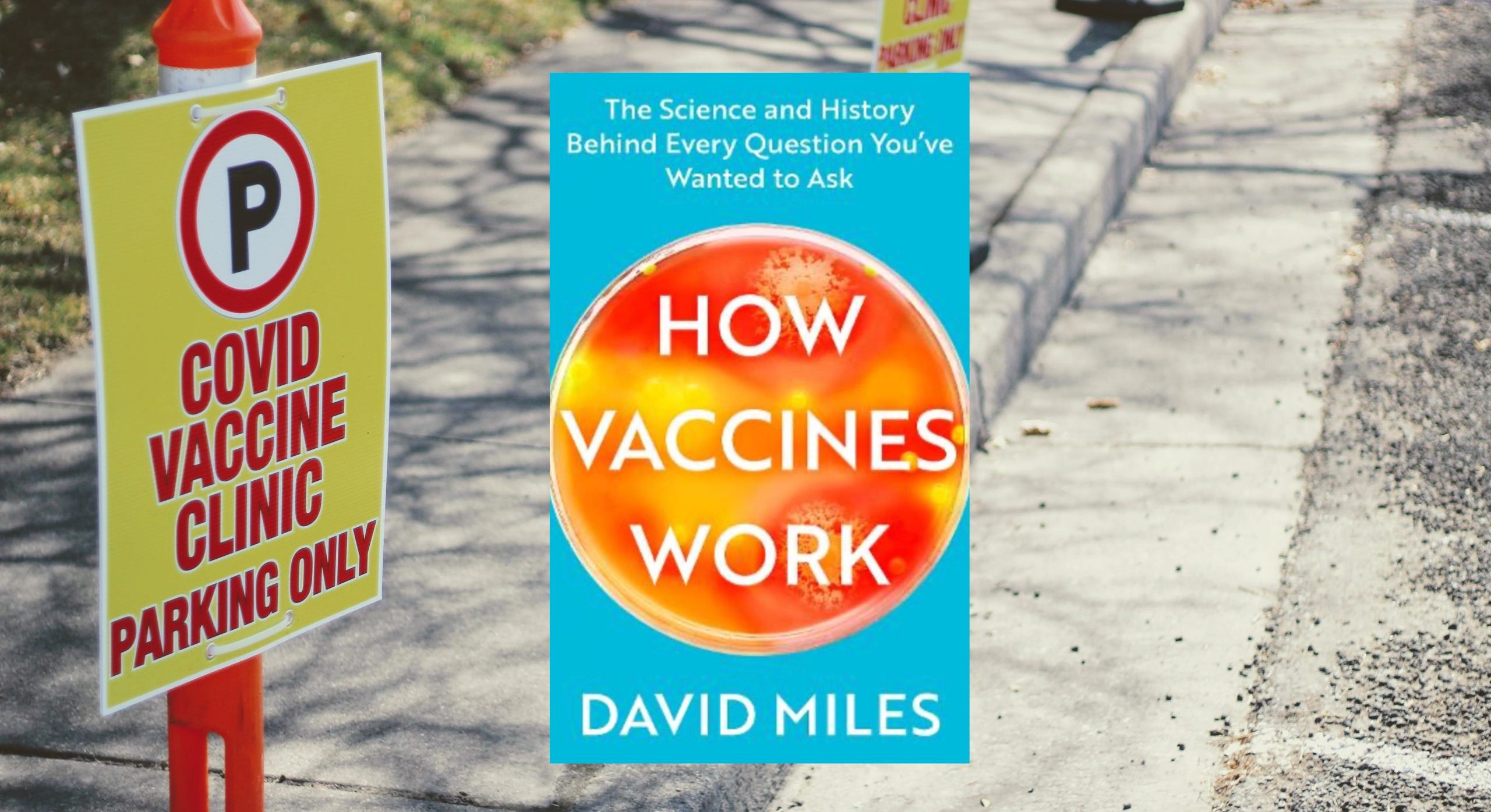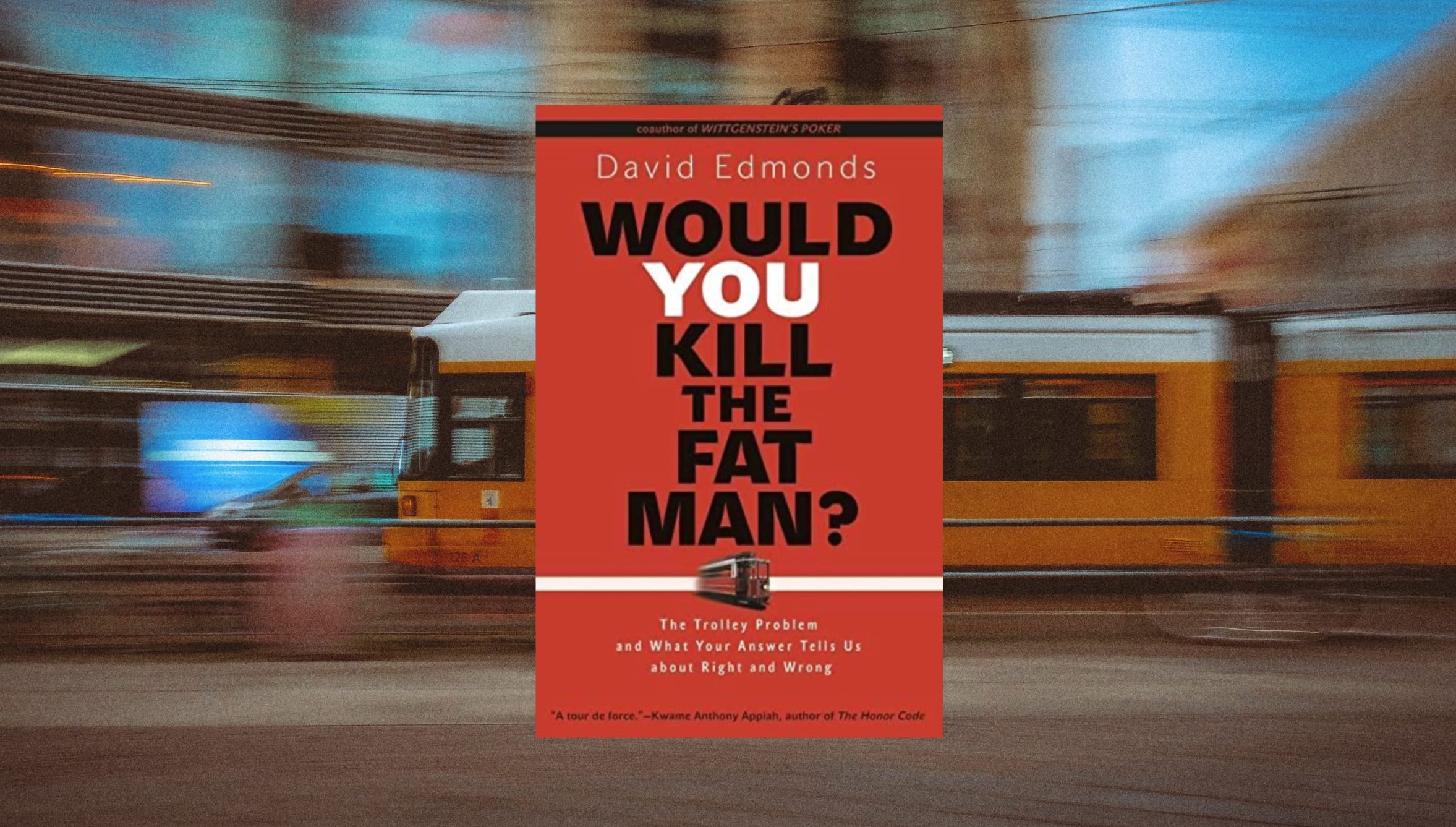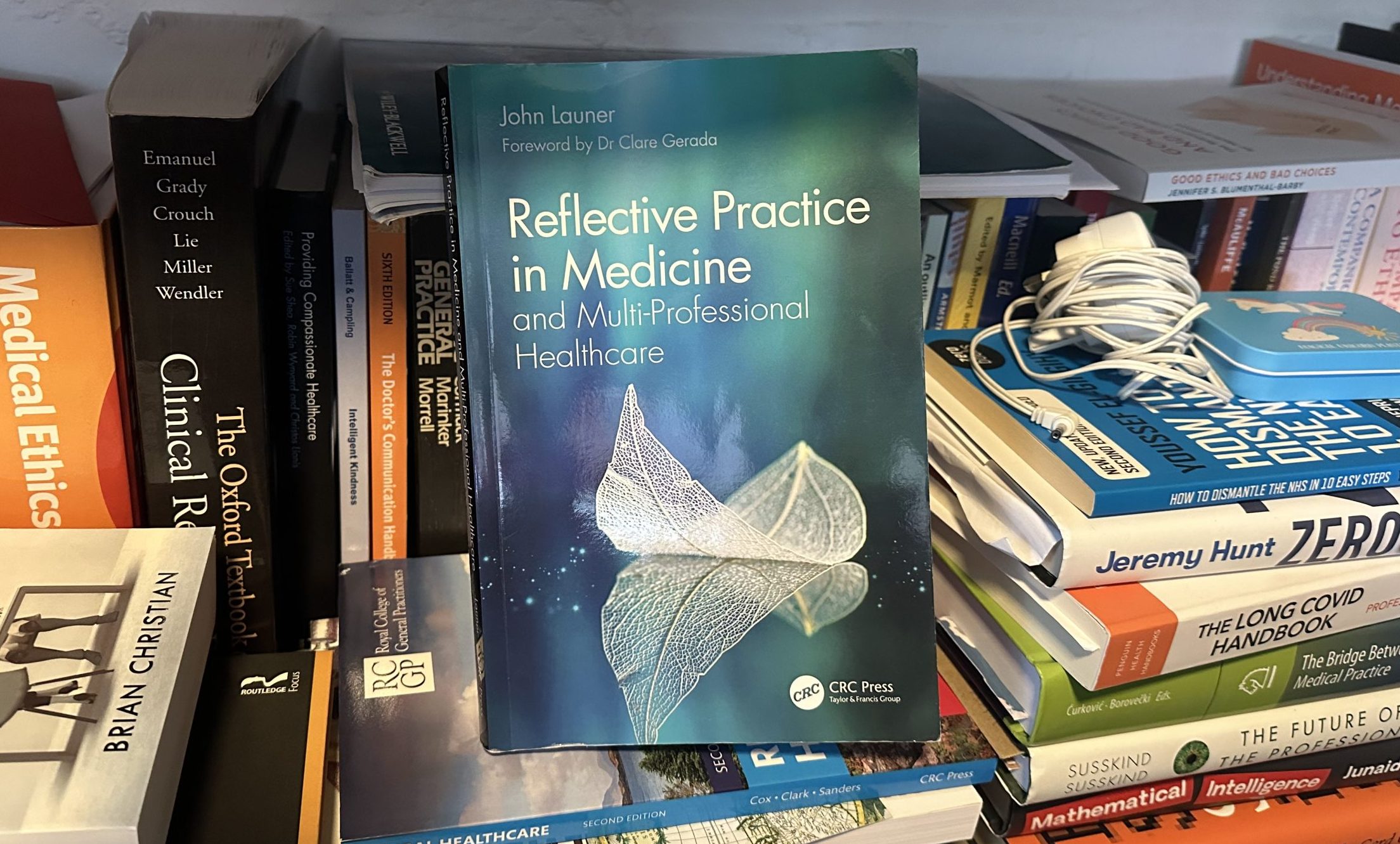
David Miles’ 2023 publication, ‘How vaccines work: The science and history behind every question you’ve wanted to ask,’ does exactly what is says on the tin – but only if the reader is a layperson.
The author commendably succeeds in explaining technical information of extreme complexity in a compelling and stimulating manner that is likely to be understandable to anybody with a GCSE in Science.
The work is divided into three major parts. Part 1 – ‘How vaccines educate the immune system’ – begins with a grand tour of the history of vaccines and their predecessor technologies, starting with variolation. The reader is treated to the condensed story of the technique’s discovery and trans-Atlantic spread into Europe, the dedicated works of Edward Jenner, Louis Pasteur’s microbiological theory of disease, and the Pouilly-le-Fort trial, before learning of Pasteur’s doctrine of vaccine development – to isolate, attenuate, inject. Once the scene has been adequately set, the reader embarks upon a multidisciplinary crash course spanning clinical pathology, microbiological science, human immunology, clinical trial design, and research methodologies, preparing them for Part 2 of the book – ‘The UK childhood vaccination schedule.’ This Part treats each of the 15 microbes protected against by the UK childhood vaccination schedule as an individual chapter, and therefore occupies the majority of the book’s word count. In each chapter, the relevant microbe, the illness it induces, and the manner by which it harms its human host, is described, before the history of the relevant vaccine’s development, its immunological workings, and the story of its large scale roll-out and the degree to which it was or was not accepted by the population, is laid out for the reader. The final chapter in this section deals with COVID-19 and the vaccines developed and deployed in response to the pandemic. The third and final part – ‘The myths and mysteries of vaccination’ – tackles seven significantly prevalent and majorly divisive or misunderstood questions about the vaccinations that are administered in the UK, including whether MMR causes autism, what constitutes herd immunity and why is it important, and whether the influenza vaccine causes the flu.
Because modern accrediting medical courses include significant doses of clinical pathology, microbiological science, human immunology, clinical trial design, and research methodologies,1 the information provided by How Vaccines Work falls short of the knowledge already held by most of those reading this review. The vast majority of the book covered ground that I was already highly familiar with. What I did learn from the book was minimal in both volume and significance, and will certainly not alter my day-to-day practice, although I did enjoy the historical tour of the technologies that I shamefully take for granted in my personal and professional lives. This criticism, however, is a problem on my own part – I chose to read a book that was not written for medical professionals – rather than a fault of the subject matter, the content, or the author’s writing style.
…the 480 total page count produces quite a voluminous door stop that may have an inhibitory effect on the otherwise perfectly suitable and motivated reader. The one-vaccine-per-chapter approach, however, effectively overcomes this …
How Vaccines Work was written with the curious lay person in mind, particularly the type that is willing to search beneath the inherently confusing cultural maelstrom of vaccine-themed mis- and disinformation, ideological dogma, and strategic gas-lighting, all under the shadow of the Big Pharma profit motive, which reached frightening new highs during the COVID-19 vaccine roll out. With such a person in mind, the book’s conversational prose – which is heartily garnished with stories and characters, while almost entirely devoid of any data, figures, tables and graphs – is admirably constructed. The author commendably succeeds in explaining technical information of extreme complexity in a compelling and stimulating manner that is likely to be understandable to anybody with a GCSE in Science. Having said this, the 480 total page count produces quite a voluminous door stop that may have an inhibitory effect on the otherwise perfectly suitable and motivated reader. The one-vaccine-per-chapter approach, however, effectively overcomes this drawback and allows the reader to delve in to which ever microbe, vaccine or myth/mystery they are particularly interested in, although those wanting to understand more about the suite of COVID-19 vaccines generated during the pandemic may be left disappointed by a chapter that I found to overlook significant questions that the curious lay person may hope to have answered.
In summary, GPs are not the target audience of this book. It a well-written potted history of the technology of vaccination. GPs may, however, find the book to be a well-written, highly accessible, and generally accurate resource to recommend to their patients who have vaccine-related questions that their 10-minute consultations were not designed to answer.
Featured Book: Miles D. How vaccines work: The science and history behind every question you’ve wanted to ask. London: Piatkus, 2023.
Reference:
General Medical Council. Outcomes For Graduates. 2018. https://www.gmc-uk.org/-/media/documents/outcomes-for-graduates-2020_pdf-84622587.pdf (accessed 14 March 2023).
Featured photo by Joshua Hoehne on Unsplash








